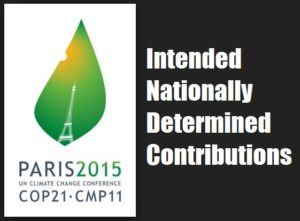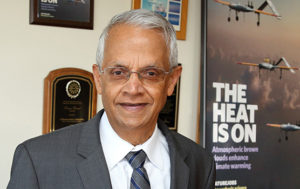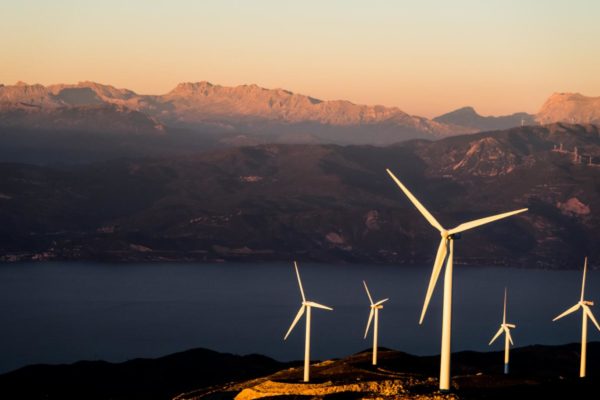
India recently filed its climate action plan at the U.N. Climate Secretariat in Bonn, Germany, becoming one of the last countries with a huge impact on global economy to do so. This is great news considering that India is the third largest emitter of carbon just behind the United States and China – and has been accused of not doing enough to combat climate change.
The Indian government is continually laying emphasis on poverty alleviation and economic development as the country’s top priority but recent stance on domestic emission reduction is an indication that India is taking steps to encourage more constructive climate talks. According to U.N. climate chief, Yvo de Boer,
“India joins a growing contingent of developing countries that are making very significant efforts to show what they are doing to address climate change and indicate what more they are willing to do.”
Source: World Watch

According to a report by Associated Press, the document filed by the Indian government which is known as the Intended Nationally Determined Contributions (INDCs), would see India reduce its carbon emissions relative to GDP by thirty-three percent to thirty-five percent by 2030 using the 2005 levels as the benchmark. India also pledged that by 2030, forty percent of the country’s electricity would come from renewable sources like solar power and wind. This document links India with other countries like China that are committed to policy changes to combat climate change. It is reported that the climate commitment contained in the document was inspired by the famous quote by Mahatma Gandhi, “Earth has enough resources to meet people’s needs, but will never have enough to satisfy people’s greed.” This was the first time that India would agree to quantify its effort to mitigate climate change.
Scientists have warned that temperature rise must be checked to avoid catastrophic harm – and this has to be done very fast. All the 190 countries that participated in the COP21 were expected to publish their INDCs listing their goals to reduce carbon emissions. The idea is to hold every nation accountable in the collective fight to stop global temperatures from rising above 2oC.

In 2013, Veerabhadran Ramanathan, a professor of Atmospheric and Climate Sciences at the Scripps Institute of Oceanography at the University of California, San Diego teamed up with the Air Resources Board, the Energy and Resources Institute, and the clean air agency in California to initiate India-California Air Pollution Mitigation Program. Ramanathan gave three recommendations that would produce maximum impact in reducing air pollution in India; replacing existing cook stoves with clean cook stoves, reduce pollution from diesel transport, and restrict open burning of biomass and fossil fuels.
“India can cut its total air pollution by one-third overnight by giving clean cooking stoves to all its villagers. You can’t tackle air pollution by just cleaning up locally. Delhi is a perfect example: switching to compressed natural gas vehicles helped temporarily in the 1990s, but Delhi still ranks among the world’s most polluted cities, just like Los Angeles in the 1960s.”
Source: Bulletin of the World Health Organization
Air pollution is one of the lead causes of climate change which already has debilitating effect in certain regions of the world.
The Indian government has not wavered in insisting that the lead cause of climate change is from developed nations. The argument has always been for developed nations to cut emissions from industries and provide financial and technical support for developing nations. Close to 200 million Indians live below $1 per day and as much as 500 million do not have access to modern energy sources said External Affairs Minister S.M. Krishna at a U.N. roundtable even in New York.








